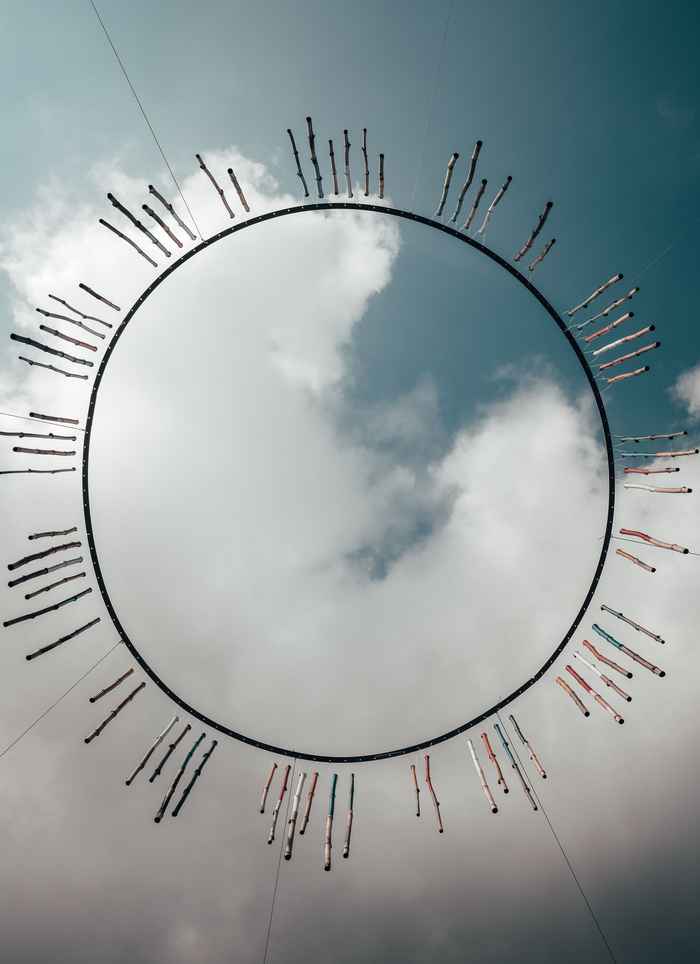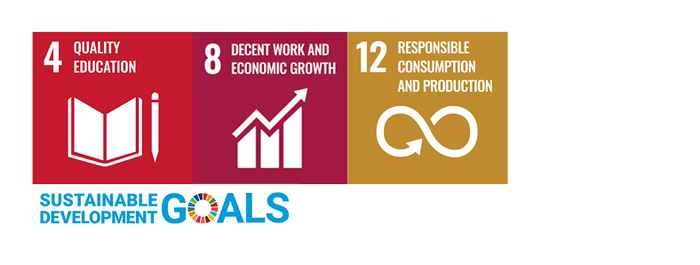Circular Economy and Society
The circular economy has become an important sustainability discourse in recent years, with many countries, cities, and businesses creating strategies to become circular. However, the concept is still under development and debate, as various public and private actors propose different approaches to circularity.

During this course, we will start by critically observing the current linear economic system of production and consumption and its socio-ecological impacts. After looking at the linear status quo, we will study the fundamental principles of the circular economy as a proposed solution to the systemic problems of the linear economy. We will analyse the many different approaches to this new circular paradigm, such as cradle-to-cradle, industrial ecology, doughnut economics, buen vivir, and degrowth. We will be able to compare and contrast these different visions of circularity and comprehend their systemic socio-ecological implications.
We will then critically analyse how different circular economy and society discourses have been implemented using case studies in diverse economic sectors and socio-cultural contexts. We will also look at the key barriers and enablers to a just circularity transition and how different societal stakeholders can develop sustainable circular practices which effectively address current socio-ecological challenges. As a student in this course, you will analyse specific cases both individually and in a group assignment to develop a critical and holistic understanding of circularity transformations.
Coordinator
Dr. Martin Calisto Friant
Timetable
You can find the timetable on Datanose.
Entry requirements
Open to second-year and third-year UvA Bachelor's students and other interested parties, such as contract students or students from other Dutch higher education institutions. Master's students can only participate if there are still spots available.
Registration
UvA Bachelor's students can register from 10 to 16 June 2025 in the GLASS registration rounds. Master’s students can send a short motivation to keuzeonderwijs-iis@uva.nl.
‘Bijvak’ students and contract students can register from 10 June 2025 until two weeks prior to the start of the course, by completing the online registration form.
If you have any trouble while registering, please contact us at keuzeonderwijs-iis@uva.nl.
Please note: as a contract student you can choose to participate either including or excluding assessment. If you choose the latter, you only have access to the seven lectures of the course. If you also wish to attend the seminars, please choose 'including assessment'.
Costs
Prices can be found on the IIS website.
Microcredentials for professionals
Contract students and UvA staff who successfully participated in the course’s assessment will receive information to obtain a digital certificate in the form of a microcredential. Big History is part of the national microcredentials pilot, with which the higher education field is shaping a system for online certification of individual educational units. More information about the pilot can be found here.
SDGs in education
The IIS strives to reflect current societal issues and challenges in our elective courses, honours modules and degree programmes and attempts to integrate the following Sustainable Development Goals (SDGs) in this course. For more information about these goals, please visit the SDGs website.

- Mode
- Open UvA Course
- Credits
- 6 ECTS,
- Language of instruction
- English
- Starts in
- October